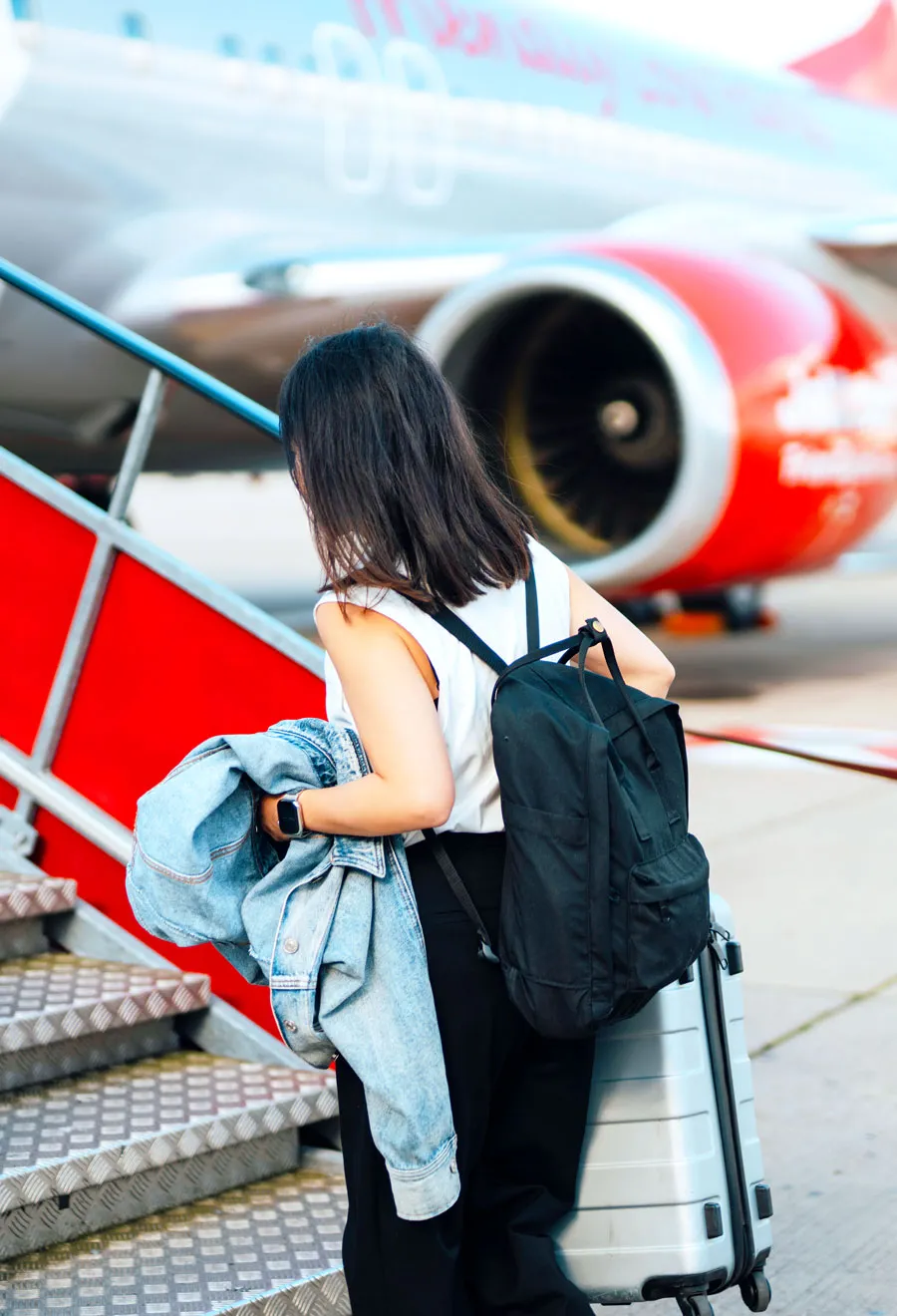When booking a flight, most travelers typically have two things on their minds: getting the best deal on airfare and arriving safely (and preferably on time) at their destination. The majority of airline passengers aren’t quite so concerned with the type of aircraft operating their flight — or maybe they can’t distinguish an Airbus A320 from a Boeing 737 in the first place. But the type of plane you choose to fly can affect your experience in different ways. Here are five factors to consider when booking your next trip.
Narrow-Body vs. Wide-Body Aircraft
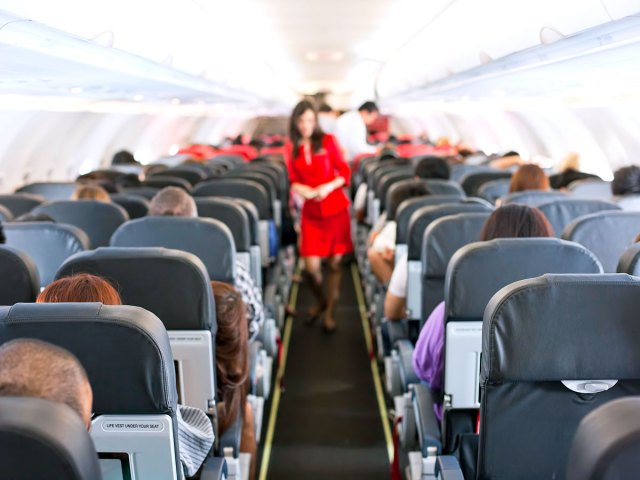
There are two main classifications of commercial planes: narrow-body aircraft and wide-body aircraft. A narrow-body (or single-aisle) aircraft has one aisle between two sets of seats on either side. For domestic and short-haul flights, this is the most common configuration — one you’ll find on Airbus A320 and Boeing 737 aircraft, the two most popular aircraft types in service today. The typical arrangement on these planes is three seats on each side of the aisle, but some models, like the Airbus A220, are arranged two-by-three, and others, like smaller regional jets, have just two seats on each side (hooray for no middle seat).
Wide-body (or twin-aisle) aircraft are found on long-haul jets such as the Airbus A330 and Boeing 777. These aircraft feature two aisles on either side of a center section of seats. A typical configuration is three seats on one side, three seats in the center, and three seats on the other side. Wide-body aircraft have a more spacious feel thanks to the wider cabin and higher ceilings, making them a better choice for longer flights.
If you’re jetting off to a far-flung destination, chances are you’ll be on a wide-body airplane, as these aircraft generally offer greater range. But increasingly, you’ll find narrow-body planes operating longer flights.
For example, the Airbus A321LR and Airbus A321XLR feature an extended range that make them capable of operating transatlantic flights. It’s worth being aware of this when you’re booking; if you have a choice, you’ll probably want to go with the flight that’s on the wide-body. You can also sometimes find wide-bodies on domestic U.S. flights, particularly on routes with high demand between an airline’s hubs or on premium routes like New York to Los Angeles.
Cabin Layout
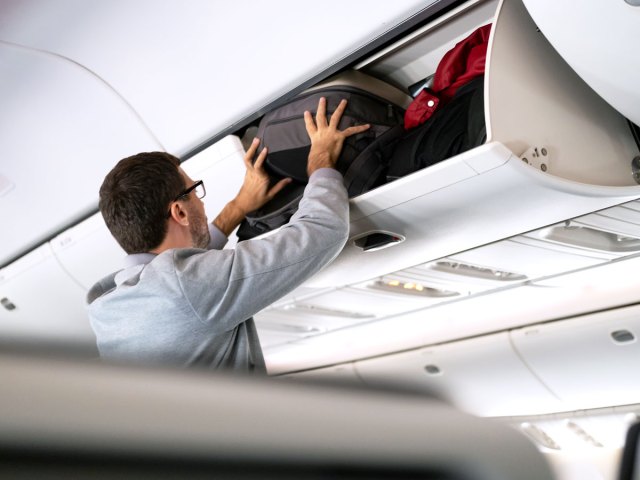
Even among narrow-body and wide-body planes, there are differences. For example, the Airbus A320 series (which includes the A318, A319, A320, and A321 models) has a cabin that measures 12 feet, 1 inch wide. Its chief competitor, the Boeing 737 family of planes, has a cabin that’s 11 feet, 7 inches wide.
While that may seem like little more than a rounding error, it can make a subtle difference in your comfort on board. The wider cabin on an Airbus plane means that each coach seat measures 18 inches across, while on Boeing 737s you’ll have an inch less shoulder space. The Airbus A220, operated by airlines such as Delta and JetBlue, has even roomier seats at 18.5 inches wide.
Another difference that can make your flight smoother? Having room to store your carry-on bag. Airlines are finally playing catch-up by retrofitting older planes with more spacious bins, but if you want the best chance of a roomy overhead, look for flights that operate on a newer model like the Airbus A321NEO or the Boeing 737 MAX series, both of which feature the latest generation of bins capable of storing more bags.
Lastly, if you’re traveling with pets, you should be aware that different plane types have different requirements when it comes to maximum dimensions of pet carriers. It’s worth researching ahead of time and choosing carefully, so there aren’t any unexpected surprises when you and Fido show up to the airport.
Cabin Pressurization
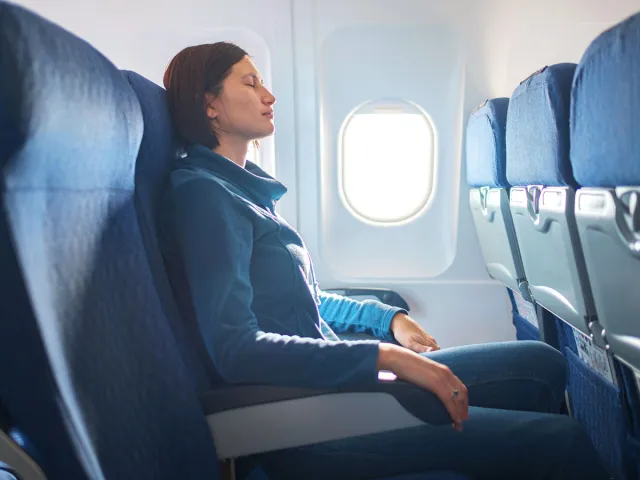
Unlike older planes, whose fuselages were built primarily with aluminum, the latest generation of long-haul aircraft incorporate composite carbon fiber into their construction. One of the interesting benefits of this material is that it allows the cabin to have higher cabin pressure, which can help reduce jet lag.
Pressurization in aircraft cabins allows passengers to breathe normally while cruising thousands of feet above ground. On older models, like the Boeing 777, the aircraft’s pressurization system draws air into the airplane cabin and pressurizes it to an altitude equivalent to about 8,000 feet on Earth. But on newer composite planes, the stronger building material allows the cabin to be pressurized to an equivalent altitude of 6,000 feet.
This higher pressure — coupled with higher humidity in the cabin and a better air filtration system — makes the cabin more comfortable, particularly when you’re flying for 17 hours straight. More oxygen can reach your bloodstream, and you’re less likely to be dehydrated, which contributes to jet lag. So, if you have a choice when you’re booking a long-haul flight, seek out the newer Airbus A350 or Boeing 787 models, both of which will have these jet lag-reducing benefits.
Regional Routes
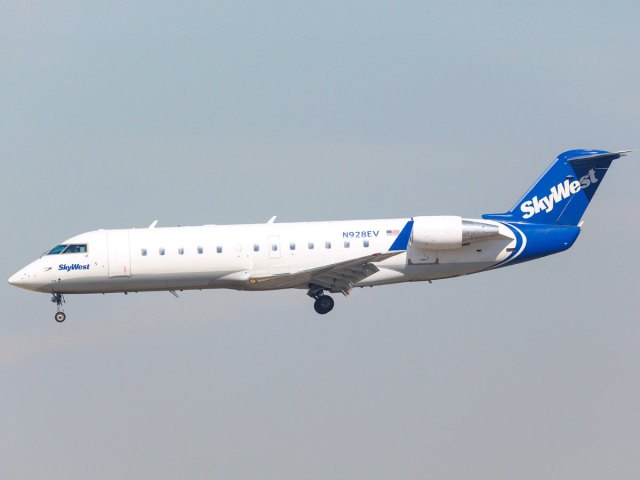
Regional jets are smaller airplanes designed for short-haul flights. Typically outfitted with 50 to 76 seats, these jets provide feed at airline hubs, often connecting them to smaller airports with less passenger demand.
In the U.S., regional jets are typically operated by regional airlines under the banner of a larger airline — for example, SkyWest Airlines operates flights from American Eagle, Delta Connection, and United Express. The most popular regional jets in the U.S. are the Bombardier CRJ series (which includes the CRJ-200, CRJ-700, and CRJ-900) and Embraer’s E-jet family (which includes the E-145, E-170, and E-175).
Depending on your route and destination, flying on a regional jet is sometimes unavoidable. Even still, there are few things to be aware of. While the coach layout on a regional jet is typically two-by-two (meaning there’s no middle seat), the cabin isn’t as spacious as a mainline jet and can feel more cramped. This is particularly noticeable with the overhead bins, many of which cannot fit larger carry-on bags. These bags must be gate checked, so it might be in your best interest to pack light and keep anything you’ll need during the flight in a smaller bag or backpack.
Additionally, when it comes to irregular operations like air traffic control congestion or weather issues, flights operated by regional jets are often the first to be disrupted. Many airlines will prioritize flights with larger airplanes so fewer passengers are affected, but that can often leave regional passengers among the first to be stranded.
Environmental Impact

Another consideration when choosing a plane type is the environment — broadly speaking, both the cabin environment and your flight’s impact on the planet. Newer plane models are designed with newer engines and more efficient aerodynamic features, which can have a noticeable impact on cabin volume. So if you have a choice between, say, a flight on an Airbus A320 and a flight on an Airbus A320NEO (which stands for “new engine option”), you might opt for the latter since it’s the newer type.
Newer engines are also more fuel-efficient, meaning less fuel is wasted and less carbon is emitted into the atmosphere. If you’re using a site like Google Flights to compare airfares — which you probably should be doing, anyway — you’ll see a handy feature that lists the average emissions of a flight based on the type of aircraft. For example, flying from Chicago to Seattle, you’ll notice that United’s flights operated by their newer Airbus A321NEO emit 19% less than those operated by older Boeing 737s.
How To Check Your Plane Model

By now, you have a better idea of the ideal aircraft to choose, but where exactly is aircraft information listed when you’re booking a flight? You should be able to tell when going through the booking process on an airline’s website or an online travel agency such as Expedia. Some websites list aircraft information clearly, but with other airlines you’ll have to click on a section for the flight number or flight details to see a pop-up with aircraft information. If you still can’t find that information, consult a flight-tracking website such as FlightAware or FlightRadar24.
Aside from the booking process, it’s always worth doing some research into the seat map in the fleet or aircraft section of an airline’s website. For example, some seats might offer extra legroom or more favorable configurations, or some might have limited recline. Plus, you can find more information about average seat pitch (legroom), seat width, and entertainment options on each plane.
One important caveat, however, is that equipment is always subject to change — essentially, airlines can swap the plane at any point up until departure. So while it often pays to do your research, like many things with travel, it also helps to have a flexible mindset in case things change on the day of your trip.
More from our network
Daily Passport is part of Inbox Studio, which publishes content that uplifts, informs, and inspires.






